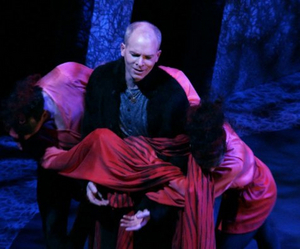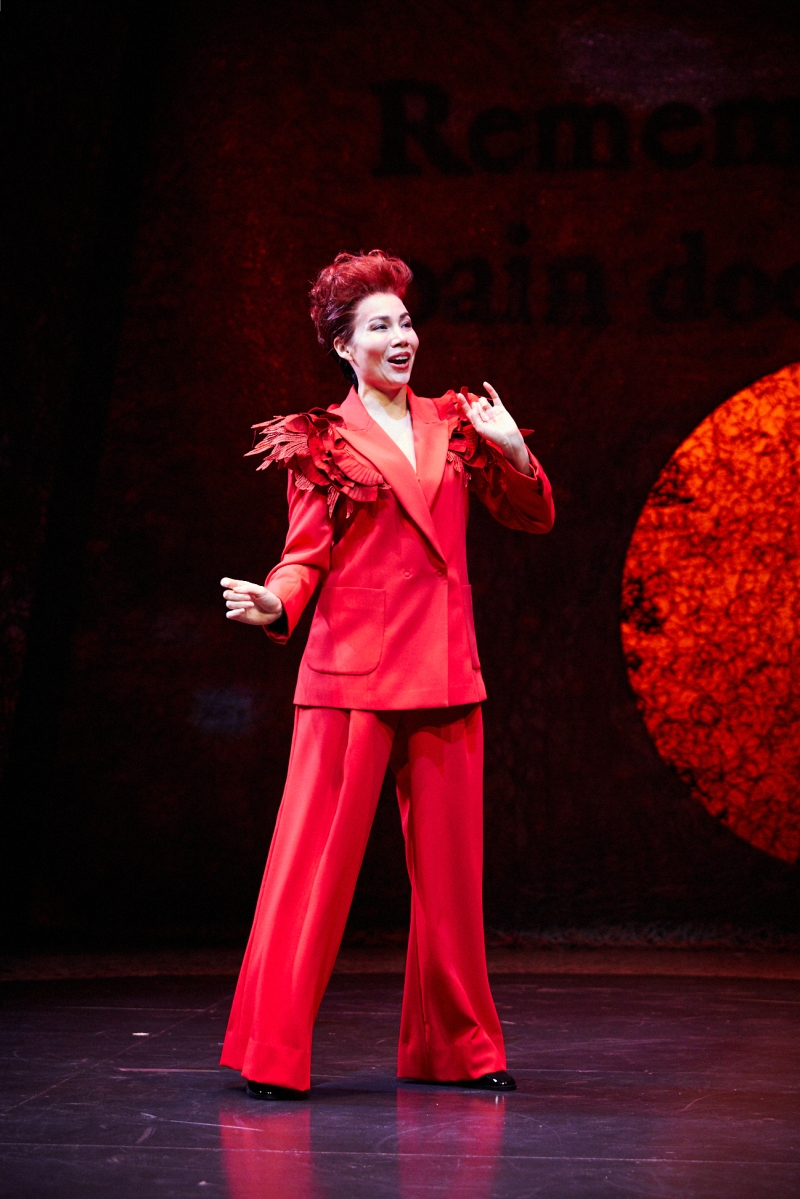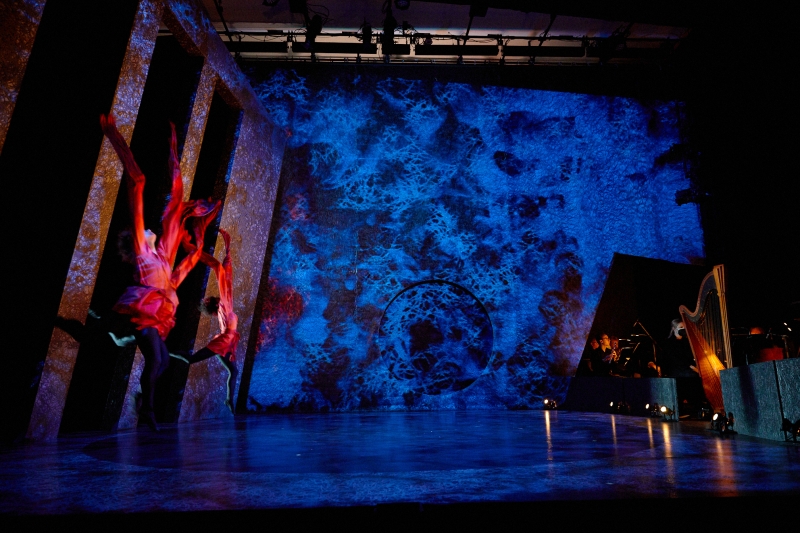Review: ORPHEUS AND EURYDICE at Tagney Jones Hall
Streaming, January 26, 2022

Bill Mohn
Tagney Jones Hall in Seattle Opera's state-of-the art Opera Center was the setting for the
company's bold new production of Christoph Willibald Gluck's iconic rendering of the classic Greek tragedy, Orpheus and Eurydice, in a streaming version recorded on January 26, 2022 (a limited run made available only to subscribers who could not attend in person).
The 300-seat hall, which opened in December 2018 (/seattle/article/BWW-Review-Seattle-Opera-Celebrates-New-Civic-Home-20181221), is perfectly suited to the intimacy of Gluck's masterpiece, which has inspired composers from Mozart to Berlioz. One can hardly listen to Die Zauberflöte or Les Troyens without harkening back to Gluck's visionary influence.
This production featured three young singers, all from different countries and all of whom made a favorable impression. German Countertenor Christopher Ainslie made his company debut as Orpheus, or Orfeo in this Italian-language rendition. It is a rare pleasure to hear this unusual fach rendered with such grace. Ainslie's huge role dominated the story, and he was required to sing, emote and physically act out his inconsolable grief in challenging ways. At times his voice flagged slightly from the Olympics-like demands of the role--in some ways the first long section of the piece is a one-man show--but overall, he rose to the task with convincing aplomb.

Bill Mohn
Ariana Wehr also made her debut in the role of Eurydice. Consistent from top to bottom, the Brazilian soprano's lush, gorgeous voice rang out through the hall with exceptional brilliance. Each scene she sang displayed the beauty of her instrument to advantage. She played the drama of the tragic heroine with aching anguish and despair, heightening Ainslie's grief-stricken reactions to her unjust demise.
Seattle Opera chose yet another stunning young singer debuting as Amore. New Yorker Sharleen Joynt's fresh, youthful voice sparkled in her every note and phrase, and her spirited, animated acting punched up her singing. Her top notes were outstanding; one can easily imagine her in some of the roles she has portrayed: Cunegonde, Zerbinetta, Gilda, the Queen of the Night and other similar iconic coloratura roles.

Philip Newton
Stephen Stubbs conducted the onstage chamber ensemble in an appropriately Classic-Baroque manner, keeping the sound intimate and contained but playing up the individual sound of each instrument. The flute solo in the Blessed Spirits was attractively played, if a bit shortened from what is traditionally heard. The solo violin in the renowned aria Che farò senza Eurydice was also well performed.
Debuting Ecuadorian director Chía Patiño created a highly innovative version of this traditional story, some aspects to good effect but others somewhat jarring. The suggestive marital dance between Orfeo and Eurydice felt a bit overdone, although it was difficult to tell how much of that was due to Donald Byrd's choreography. But for the most part, the scenes were all well thought out and flowed nicely from one to the next: quite an impressive feat in the small-scale venue.
Byrd's choreography was more appealing and effective in the Furies' dance, which was at once frantic and suitably frightening. Seattle-based designer Liesl Alice Gatcheco's costumes hit all the right notes with the Furies and Eurydice's stunning post-death gown but fell short in the bride's wedding ensemble and Orfeo's black-on-black in some scenes.

Philip Newton
Also in his company debut, Robert Aguilar's lighting played a starring role in this production. Striking contrasts between the tear- and rain-streaked opening scene, the fiery red hell and subtle shadings of light and dark in other scenes provided continued pictorial interest in a story with relatively little action. These lighting techniques, coupled with Carey Wong's eye-catching scenic design choices and S. Katy Tucker's arresting projections, produced a total visual impression that was captivating. The flower petals cascading over Eurydice at the end, evoking another tragic heroine, Madame Butterfly, were a lovely touch.
Photo credits: Bill Mohn, Philip Newton
Reader Reviews

Videos

